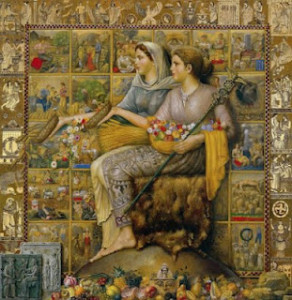Tomorrow (September 22) is the Autumn Equinox. Days and nights are perfectly equal, the sun rises in perfect East, and sets in perfect West. Be sure to eat some apples and ponder your ancestors (visit their graves if possible). Here are 6 very nifty and very ancient Autumn Equinox traditions.
All posts by admin
Thoughts on Leaving the Esoteric Spiritual Path
Esotericist Mark Stavish writes:
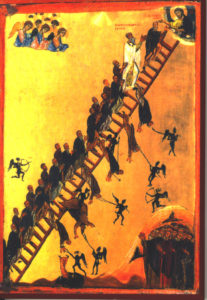 Leaving the Path
Leaving the Path
As a young member in several esoteric orders I often wondered how people could belong to something for twenty or more years and then leave. How is it that they could not only drop [out by cancelling their] membership, but also [drop] any or all relations[hips], [and in some cases] even appear to abandon spirituality altogether? In those days of bright-eyed idealism it was easy to confuse the work of spirituality with the vehicle of teachings, and in some instances, even the people who provided them. Such confusion is not uncommon, but also encouraged in many circumstances.
I am sure that each of you has asked yourself the same or similar questions, and maybe you have even come to some of the same conclusions. In Light on the Path – A Study Guide for Qabala, Alchemy & Astrology, some guidelines were provided for those running or wishing to run a study group or formal lodge. The primary focus of those guidelines can be understood in the following statements:
- Spiritual practice must encourage personal responsibility
- Spiritual practice must encourage healthy interpersonal relationships
- Spiritual practice must build upon the previous two points and encourage independence and autonomy
It is clear from many of the experiences each of us has had on the Path of Return, particularly when we walk it with others formally as “Brothers” and “Sisters” or informally, that unless the first two points are achieved, the third — that of autonomy — cannot be fully realized. True autonomy is not leaving your order or group in a snit, or waging flame wars against it or others. True autonomy is accepting things for what they are and recognizing your role in them, and what you want to and can do about it – if anything. Separation is often a part of autonomy as the group mind of an organization or movement may force you out if you are not in a high degree of conformity with it. However, how we respond to this new direction is a matter of how well we have mastered the first two points of personal responsibility and healthy relationships. This is why in the guidelines in Light on the Path we actually encourage creating distance between one’s self and the group after a period of seven to twelve years. This starts with taking on less responsibility and concludes with an actual year off or “sabbatical” to relax and regroup before returning.
If you are wondering what kind of influence your esoteric practices may have on you, influences that are actually detrimental to your achieving personal responsibility and goals (the reason you started the Path to begin with), and healthy relationships with those outside of the group or movements, try this for forty days. Remove all reminders of your spiritual practice from visible daily sight. Place them in storage, or if you have a set-aside chamber or oratory, leave everything there, but strip it to bare minimum. Place all initiation certificates, images, charters, special robes, into boxes, and leave nothing esoteric visible in the common areas of your dwelling – box your books as well.
Then notice what your mind gravitates towards. What areas of your life have you left undone? These will be the areas of your life that you need to apply your attention to so that you may better express your SELF as an autonomous being.
After forty days bring everything back out and pay attention to your feelings and responses to your collection of artifacts. Now, please be clear. During this time you may continue your periods of self-reflection, meditation, and inner work. Simply notice what and how it changes when you truly open up the mystery that is your SELF, rather than the Lesser or Greater Mysteries of this or that tradition, order, lodge, or group. This will help a great deal in understanding the immense power of the group mind as well as the power of suggestion.
Sometimes leaving the Path for a little while is the best way we can come to realize just how well we have mastered it and applied it to our daily life, or if it has mastered us and made us a servant of the dream.
Light on the Path – A Study Guide for Qabala, Alchemy and Astrology
Female Druids, the Forgotten Priestesses of the Celts
Female Druids, the Forgotten Priestesses of the Celts
The Wise Ones of Celtic society
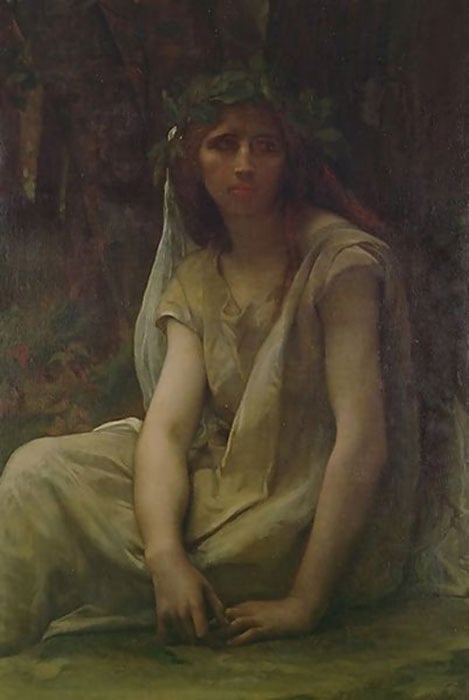
Roman Accounts of the Druidesses
- The Chartres Cathedral – A Sacred Site for Ancient Druids and Christians
- Druids and archaeologists battle over display of human remains at Stonehenge
- Mysterious Underground Labyrinth in Scotland May Have Originally Been a Druid Temple
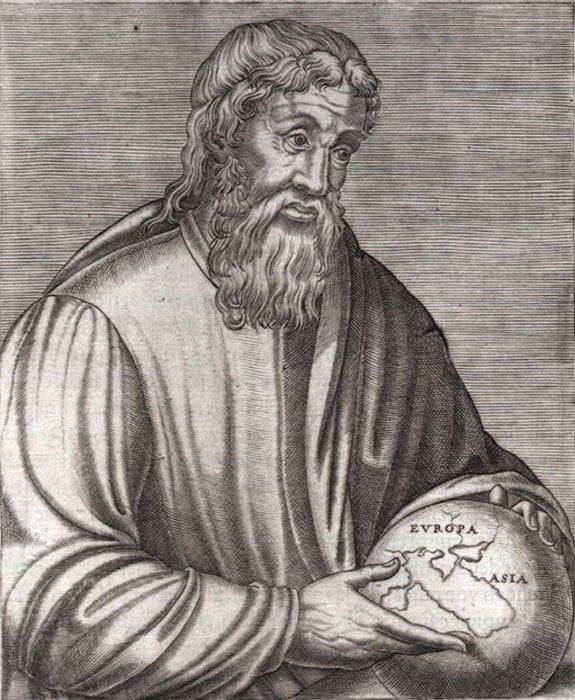
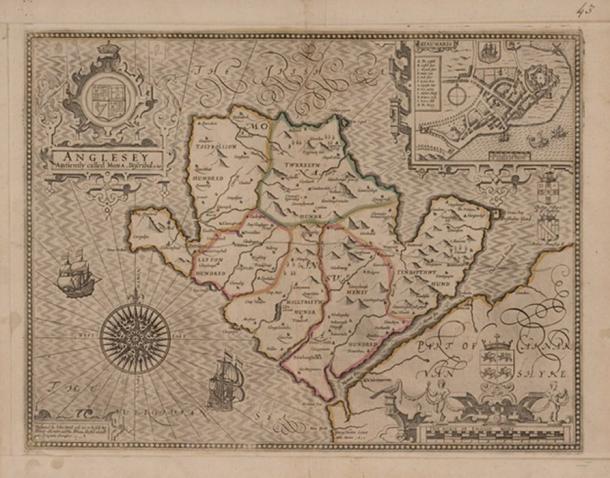
Famous Druidesses
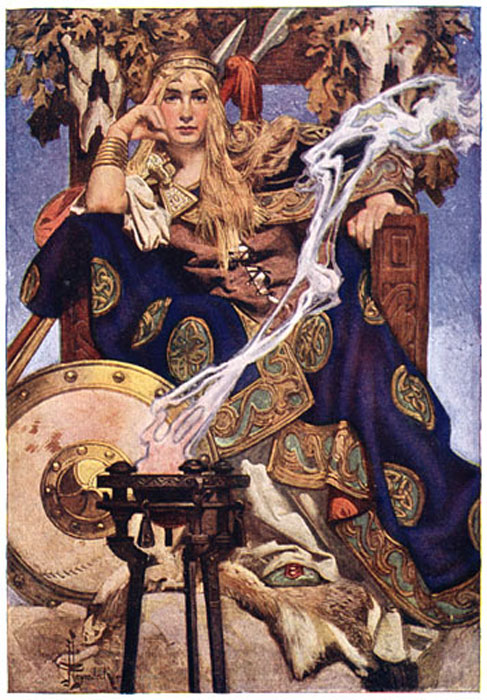
- Coligny Calendar: The 1,800-Year-Old Lunisolar calendar banned by the Romans
- How Ancient People Marked the Equinox Around the World
- Boudicca, the Celtic Queen that unleashed fury on the Romans
The Worship of Goddesses
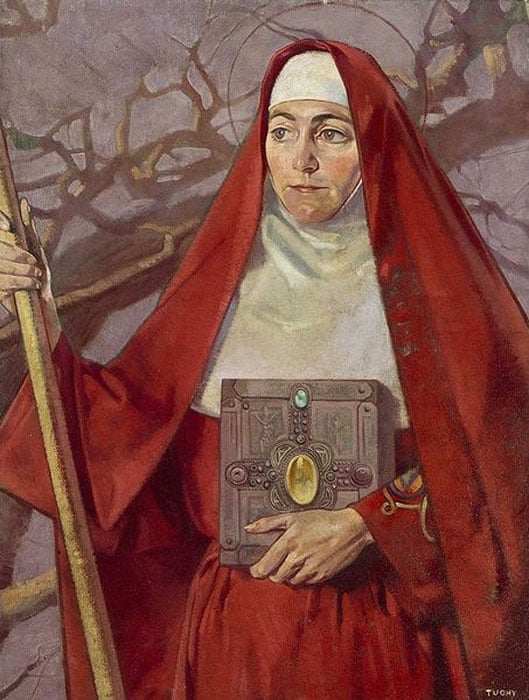
The Archeological Footsteps of the Druidesses
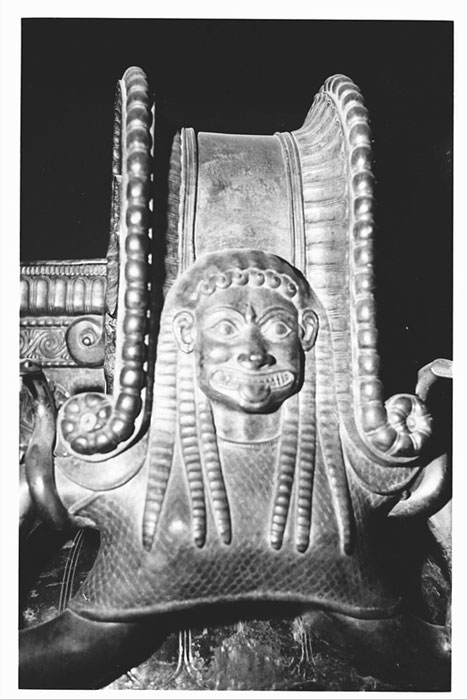
The Heritage of Ancient Druidesses
References:
– See more at: http://www.ancient-origins.net/history/female-druids-forgotten-priestesses-celts-005910?nopaging=1#sthash.sF9VuioE.dpuf
Angel Studies Angelic Resource Page
 Angels! Archangels!
Angels! Archangels!
Here’s a nice resource for angelic studies on the famous “Occultopedia” website. There are archangels, seraphim, all nine ranks of angels, etc.
It’s got that word “occult” all over the place, so we must remind ourselves the word simply means “hidden,” as in deeper wisdom not in plain sight.
Today is Ash Wednesday
Today is Ash Wednesday, an important day to the historical Knights Templar as well as esoteric Christians in ages past. It begins a sacred 40-day period during which we try to give up certain pleasures or things that we are better off without anyway.
Supernatural Paranormal in the Bible; the Unseen Realm
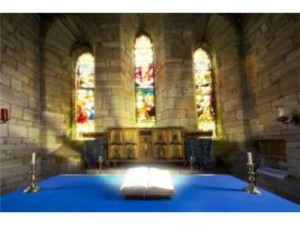 Last week, Bishop James, the Dean of our seminarian/priesthood Holy Orders program, suggested I share the info below with you Mystery School initiates. It looks most intriguing!
Last week, Bishop James, the Dean of our seminarian/priesthood Holy Orders program, suggested I share the info below with you Mystery School initiates. It looks most intriguing!
Bishop James writes: “Dr. Heiser is a fundamentalist Christian with a paranormal, esoteric, twist. It is interesting material, and he does back up what he says with peer reviewed sources.
Here are links to the homepage and podcasts of Dr. Michael S. Heiser, one of the developers of the well-known Logos Software and an instructor in the almost equally well-known (notice the intentional neutrality of the term) Liberty University Distance Learning Program.
One of his recent publications is The Unseen Realm: Recovering the Supernatural Worldview of the Bible. A major academic interest is the Divine Council (quoted from his site):
Psalm 82:1 God has taken his place in the divine council; in the midst of the gods he holds judgment.
“The term divine council is used by Hebrew and Semitics scholars to refer to the heavenly host, the pantheon of divine beings who administer the affairs of the cosmos. All ancient Mediterranean cultures had some conception of a divine council. The divine council of Israelite religion, known primarily through the psalms, was distinct in important ways.”
http://www.thedivinecouncil.com/
He also writes about the paranormal, ghosts, demons and UFO’s. He says “I am most intrigued by high technology in the ancient world, cultural diffusionism, archaeological / artifactual anomalies, and western occult and esoteric traditions.”
I encourage you to review his site: http://drmsh.com/
Materials on the Unseen Realm: http://www.moreunseenrealm.com/
And I especially encourage you to listen to his podcasts: http://www.nakedbiblepodcast.com/
As you may imagine, our approach in Holy Orders III is somewhat different. Nevertheless, it is important to be informed about the different theories and approaches in the Biblical disciplines.
Please let me know what you think about his materials. If your reply will be of interest to most seminarians, please post it to the critical thinking module.
Bishop James
Today is Templar Remembrance Day
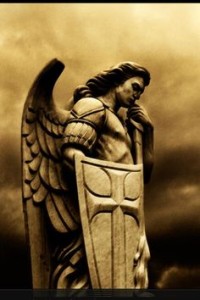 Today, October 13, is Templar Remembrance Day, the day the historical Templars were betrayed by the King of France and arrested en masse to be tried and executed as heretics. On that fateful day in 1307 it also happened to be Friday, and this is the origin of the unlucky Friday the 13th.
Today, October 13, is Templar Remembrance Day, the day the historical Templars were betrayed by the King of France and arrested en masse to be tried and executed as heretics. On that fateful day in 1307 it also happened to be Friday, and this is the origin of the unlucky Friday the 13th.
Just posted a link with pictures to our New Order of the Knights Templar Facebook page.
If you don’t have Facebook, you can see the pictures and read the article here on Wikipedia.
72 Names of God, Number of the Beast, the Movie Pi number 216
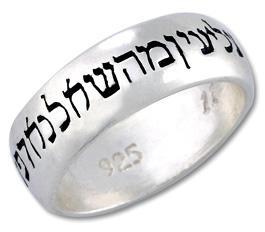
As our Mystery School’s Melchizedek initiates know, the Shem-ha-mephorasch refers to the 72-Names of God in esoteric Judaism aka Kabbalah. The 1998 movie Pi studies makes mention of the “two-sixteen” number or the 216 lettered name of God (each of the 72 names has 3 letters, and 72 x 3 = 216.
The 666 number of the Beast in the Greek Bible’s book of Revelation can be written as 216 = 6 x 6 x 6
In the Left Behind series of Christian End Time’s fiction novels, the Anti-Christ character — I think his name is Nikolai Carpathia — has a jet numbered 216 and something else, his residence maybe, I forget what (it’s been 25 years since I read those novels). He uses 216 because it is 666 expanded as 6 x 6 x 6 = 216.
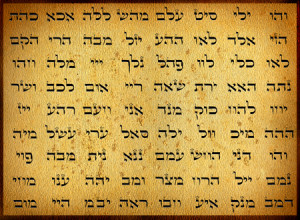
But in Hungarian-jewish Darren Aronofsky’s movie Pi, the 216 “two-sixteen number” as the Cohen genius kid calls it, is in reference to the name of God with the same amount of letters (72 x 3 = 216). In the movie Pi, the kid can figure out the stock market using the number. The Golden Ratio (also featured in The Davinci Code), magical number patterns in the universe, gematria, and Kabbalah, are each mentioned. Pi was Aronofsky’s first movie. His most recent movie was Noah in which he also has esoteric Jewish mysteries such as Zohar (the magical gold substance) and Nephilim (fallen angels who protect man and when they die, shoot up to heaven like angels returning home to God). Aronofsky has other esoteric Judaisms in the movie Noah.
Here’s the wikipedia article about the 72 names of God and all the math magic,
You might also like the Wikipedia article about the movie Pi.
Eleusinian Mysteries: Mother Daughter Rites compare to Father Son Christianity
The Eleusinian Mystery rites made up an awesome mystery school in ancient Greece. It has a whole “liturgy” based on a Mother-God and Daughter-God who were separated, descended into hell, had an annual resurrection (Easter). This early Greek “religion” has long been compared to the masculine Father-God and God-the-Son “myth cycle” of Christianity. One of our seminarians read that Cicero was an initiate and dug deeper into this “most famous of the secret religious rites of ancient Greece” (according to Encyclopedia Brittanica).
I have always loved to study about them. One of the longest esoteric mysteries and teachings websites has a page on this topic which existed before Wikipedia existed. Here it is: http://www.crystalinks.com/eleusinian.html
Encyclopedia Brittanica online also has an interesting article: http://www.britannica.com/EBchecked/topic/184459/Eleusinian-Mysteries
Here’s a nice bit of information: http://athang1504.blogspot.com/2012/05/eleusinian-mysteries.html
Pow-Wow, Psalms, and German Magical Folklore by Mark Stavish
 when it really is German in origin. For some more background on that it is important to read the wonderful pleasant book edited by Richard Wentz, Pennsylvania Dutch Folk Spirituality (Sources of American Spirituality). While all of the aforementioned books contain information on the practice of pow-wow, one of the few specifically modern practical manuals (The Red Church being an exception) is Karl Herr’s fine little tome, Hex and Spellwork: The Magical Practices of the Pennsylvania Dutch. Now many people have asked me if I am Karl Herr, and the clear and unambiguous answer to that is no, I am not Karl Herr.
when it really is German in origin. For some more background on that it is important to read the wonderful pleasant book edited by Richard Wentz, Pennsylvania Dutch Folk Spirituality (Sources of American Spirituality). While all of the aforementioned books contain information on the practice of pow-wow, one of the few specifically modern practical manuals (The Red Church being an exception) is Karl Herr’s fine little tome, Hex and Spellwork: The Magical Practices of the Pennsylvania Dutch. Now many people have asked me if I am Karl Herr, and the clear and unambiguous answer to that is no, I am not Karl Herr.
